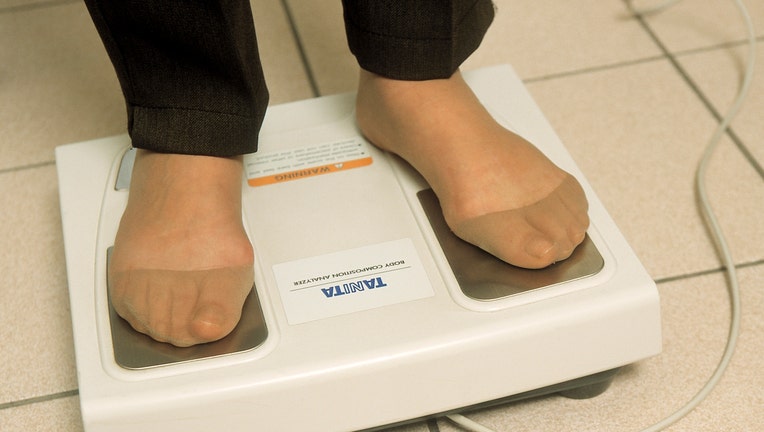Body Roundness Index may be better health indicator than BMI, study says

(Photo By BSIP/UIG Via Getty Images)
A new study suggests there may be a better mathematical tool for determining potential health problems linked to body fat than the nearly 200-year-old Body Mass Index.
The study, published in the Journal of the American Medical Association in early June, looked at the Body Roundness Index (BRI) for nearly 33,000 U.S. adults to see if BRI is an effective tool for calculating health risks associated with body fat.
"These findings provide evidence for proposing BRI as a noninvasive screening tool for mortality risk estimation, an innovative concept that could be incorporated into public health practice," the study concluded.
What is Body Mass Index (BMI) ?
Body Mass Index, or BMI, is a calculation that estimates body fat percentages, according to Yale Medicine. It’s your weight in pounds (or kilograms) divided by the square of your height in inches (or meters). If you calculate your BMI using pounds and inches, you will need to multiply your weight by 703, a conversion factor.
RELATED: Fake Wegovy and Ozempic warnings: What to know
BMI scores are categorized into categories: underweight is less than 18.5, overweight is 25 to 29.9, and obesity is 30 and above.
What are the issues with BMI?
Critics say BMI is inaccurate for multiple reasons, according to Yale Medicine.
First, a muscular person with minimal body fat can have the same BMI as an obese person with far less muscle. BMI also varies depending on your age, and experts say it has limits on younger people who see changes in body fat as they grow.
Doctors also say the BMI is dated – it was invented nearly 200 years ago by a mathematician in Belgium – and doesn’t account for the differences in body fat seen in minority groups and women.
RELATED: American Heart Association makes startling heart disease prediction: ‘Near-perfect storm’
"The problem is not BMI itself, but the tendency to use it as a single focus," Dr. Wajahat Mehal, director of the Yale Metabolic Health & Weight Loss Program, told Yale Medicine. "BMI is just one data point, along with many others, that needs to be considered to determine a person’s health."
A more complete health assessment would also measure blood pressure, cholesterol, and glucose, among other things, according to Yale Medicine.
In 2023, the American Medical Association issued a report highlighting the problems with BMI and adopted a policy urging doctors to use BMI "in conjunction with other valid measures of risk."
"The AMA recognizes issues with using BMI as a measurement due to its historical harm, its use for racist exclusion, and because BMI is based primarily on data collected from previous generations of non-Hispanic white populations," the AMA said.
What is Body Roundness Index (BRI)?
US researchers came up with the body roundness index in 2013 as more and more issues arose with BMI. BRI calculates body fat levels using height and waist circumference instead of height and weight. Typically, scores range from one to 20.
The latest study to examine BRI looked at roughly 33,000 American adults between 1999 and 2018. Like other studies, researchers found that BRI may be a better way to predict health risks linked to body fat. They say considering belly fat is a proven indicator of potential cardiovascular risks, as well as diabetes.
RELATED: Castor oil for weight loss? Experts weigh in on benefits, risks
BRI has its limits, too: It still doesn’t determine a person’s muscle mass, and because it’s manually measured with a tape measure, it’s prone to human error, just like BMI.
But what it does do is allow for more variation in body types, "and variation is part of life," Diana Thomas, a mathematics professor at the U.S. Military Academy at West Point who developed the BRI calculation, told NBC News.

